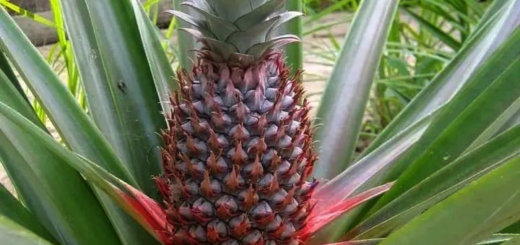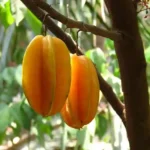The Legend of the Sarimanok

In the vibrant colors of Philippine folklore, few legends are as captivating as that of the Legend of the Sarimanok. This mythical creature, often depicted as a magnificent bird, holds a significant place in the cultural heritage of the Maranao people of Mindanao. Join me as we explore the origins, characteristics, and cultural importance of the Sarimanok.
What is the Sarimanok?
The Sarimanok is typically described as a large, colorful bird with a long tail, adorned with intricate patterns and designs. It is often portrayed with a fish in its beak, symbolizing abundance and prosperity. While the Sarimanok is primarily recognized as a bird, its attributes can vary, depending on the region and the storyteller.
Origins of the Legend
The origins of the Sarimanok legend are deeply rooted in the history and beliefs of the Maranao people. The term “Sarimanok” is derived from the words “sari,” meaning “a variety of” or “collection,” and “manok,” meaning “chicken” or “bird.” This reflects the creature’s majestic and diverse nature.
The Sarimanok is often associated with ancestral spirits and is considered a harbinger of good fortune. It is believed to appear to individuals in dreams or visions, bringing messages from the spirit world. Over time, the legend has evolved, but its core themes of spirituality and cultural identity remain intact.
Characteristics of the Sarimanok
A Symbol of Power and Grace
The Sarimanok is celebrated not just for its beauty but also for its symbolic significance. It represents strength, grace, and nobility, often serving as a protector of the land and its people. In art and sculpture, the Sarimanok is depicted with vibrant colors and elaborate details, embodying the rich artistic heritage of the Philippines.
The Connection to Nature
In many stories, the Sarimanok is portrayed as a guardian of nature, representing the harmony between the natural world and the spiritual realm. Its presence is often seen as a reminder to respect the environment and the resources it provides.
Cultural Importance
The Sarimanok is more than just a myth; it plays a crucial role in the cultural identity of the Maranao people and the Philippines as a whole. Here are a few ways the Sarimanok influences culture:
Art and Craftsmanship
The image of the Sarimanok is commonly found in traditional art forms, including textiles, wood carvings, and metalwork. Its intricate designs showcase the craftsmanship of Filipino artisans, making it a beloved motif in contemporary and traditional art.
Festivals and Celebrations
The Sarimanok is often featured in local festivals, where it symbolizes prosperity and abundance. These celebrations not only honor the legend but also bring communities together, reinforcing cultural ties and traditions.
Literature and Storytelling
The tale of the Sarimanok continues to inspire writers and storytellers. Its themes of bravery, honor, and spirituality resonate with audiences, making it a powerful symbol of Filipino identity.
Legend of the Sarimanok
In summary, the legend of the Sarimanok is a testament to the richness of Filipino folklore and the enduring significance of cultural symbols. As a creature of beauty and strength, the Sarimanok embodies the values and traditions of the Maranao people, serving as a reminder of their connection to nature and spirituality.
In an ever-changing world, the Sarimanok remains a powerful emblem of hope and resilience, inviting us to celebrate our heritage and embrace the stories that shape our identities. So, the next time you hear the tale of the Sarimanok, remember the deep roots it holds in Filipino culture, and let its spirit inspire you.
Learn more about Famous Legends in The Philippines.
References:
Mythus Fandom
FEU Edu/










